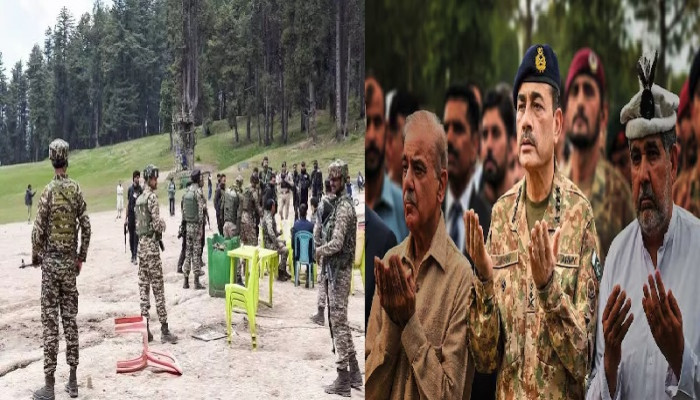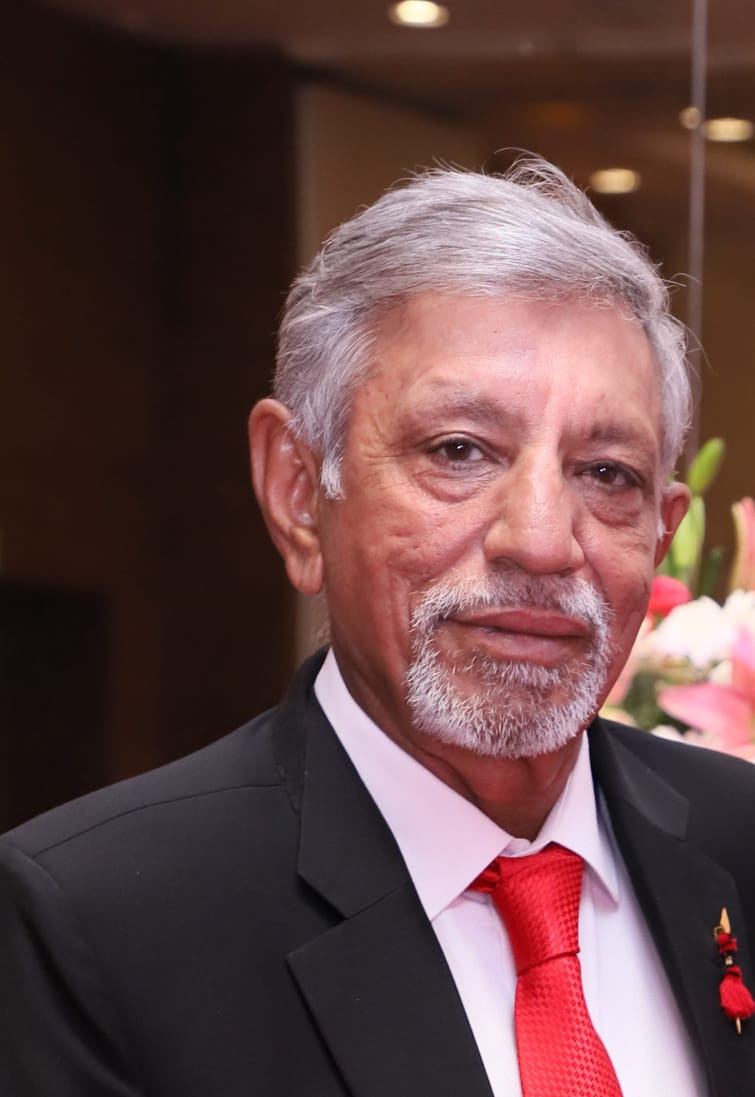Is Pahalgam a Pak action alone?
- In Military & Strategic Affairs
- 10:47 AM, May 03, 2025
- Major General Harsha Kakar
Militarily, before any operation with severe ramifications is launched, there are certain basic pre-requisites, apart from securing the approval of the head of the institution, in this case, Gen Asim Munir. These include reconnaissance of multiple venues to determine the best, assessment of impact and likely retaliation, allocation of resources to the task, guidance in and out from an identified hideout, conduct, post-strike assessment and safe extrication.
The Pahalgam operation was no less planned. It was not an incident that presented itself to a bunch of passing terrorists. It had all the markings of a military operation, worked out in detail. The government’s claim that the Baisaran meadow, where the incident occurred, was closed to tourists but had been opened illegally by tour guides without informing security forces, is no excuse for the lapse.
The terrorists, who carried out the assault, had possibly been in the region for a few days. The use of bodycams is resorted to only when there is a need to broadcast the incident live to their control HQs, which would have been in Pakistan, as well as record post-strike assessment. The afternoon attack was so timed that those involved could move in, complete the task, and be back in their hideout before dark and well before the arrival of security forces. Such in-depth planning has to flow from the Pak army. Evidently, those involved were trained by them, if not their members.
Subsequent signal intercepts confirmed this fact. The TRF (The Resistance Front), which claimed responsibility, is the LeT (Lashkar-e-Taiba) by another name, equipped, trained and employed by the ISI. But would General Munir have cleared such an operation, resulting in large casualties, inviting an Indian response, on his own?
After all subsequent inputs confirm that as tensions with India built up, Munir’s family, along with those of other senior officers, flew to the safety of London.
Munir, despite all his bravado and verbal screaming to an overseas Pakistani audience on Kashmir being their jugular vein and India its eternal enemy, is aware of the hollowness of his forces, lack of fuel reserves, growing insurgency in Baluchistan and Khyber Pakhtunkhwa, from where withdrawing forces to counter India could signal a death knell. There is a possibility that high casualties in the Pahalgam terrorist strike were unexpected, but now that they have occurred, he would have to manage the fallout.
Simultaneously, the Pakistan army, under his command, has suffered immense losses in counter-insurgency operations, with many reported cases of surrenders, low morale, loss of credibility and respect within the country due to it being behind the ouster of Imran Khan, who remains Pakistan’s most loved leader. Munir desperately needed something which could bind the nation together.
Nothing is more binding for Pakistani’s than threats from a ‘Kafir’ India. It is this that Pakistan is currently exploiting. Interestingly, Indian actions against Pakistan, depending on the nature of success, could open doors for the re-emergence of Imran, similar to Bhutto replacing Yahya Khan after the defeat in 1971.
For Pakistan, aware that India’s reaction could be strong, making a major decision to target unarmed tourists may not be logical. It would need backing from a close ally. This ally cannot be a West Asian nation, as PM Modi was sitting across the table from Crown Prince Mohammad Bin Salman in Jeddah, and cutting short the visit would have angered Riyadh against Pakistan. The joint statement said it all.
Further, India and Pakistan will employ some quantum of military power to send their message to the other, which would remain below the nuclear threshold.
A third nation is the one which would gain from an Indo-Pak military exchange? To determine the nation, we must assess some recent announcements, as well as global reactions to the Pahalgam incident. India had, post the Galwan incident, reoriented one of its strike corps from the west to the north. The message was that China is the true threat and Pakistan a ‘has-been.’ The second was announcing the raising of 72 Infantry Division specifically for Ladakh to strengthen its deployment against China.
India, for the past few years, looked northwards, enhancing capabilities and infrastructure to counter China, ignoring the Pak threat. This ensured that China could no longer easily attempt misadventures against India.
Finally, increased tariffs against China by Trump prompted many companies to announce their intent to move manufacturing to India, with Apple being the latest. India was also moving closer to the US while expanding its arms sales to countries in conflict with China in the South China Sea. For China, it was time to change the equation. Thus, it would have backed the strike, aware of its ramifications.
In Pakistan, the major military consequence would be Rawalpindi reducing force levels in Baluchistan, opening doors for Baloch groups to expand operations, including targeting Chinese CPEC (China-Pakistan Economic Corridor) and their workers. The CPEC has almost come to a grinding halt, with Pakistan having no money to fund its share. China backs the Pakistan belief that India supports the Baloch insurgency and that the road to Baluchistan is via Kashmir.
Chinese support is possibly given credence by the fact that criticising the Pahalgam attack flowed from the Chinese ambassador to India and its spokesperson in Beijing, a formality. Just a few months ago, the Chinese Premier had personally written to PM Modi on the loss of lives in the Wayanad landslide. While casualties were fewer in Pahalgam than in Wayanad, but being the terrorist attack, did warranted direct communication.
How would China gain from Indo-Pak tensions? India’s emphasis would partially shift from the North to the West, opening doors for China to plan additional misadventures, something India must be prepared for. It will also impact India’s economy as it escalates the crisis, depending on the levels of escalation reached.
Thirdly, India would have to debate moving back additional troops deployed along the LAC to their original locations in Jammu and Kashmir’s hinterland. Finally, it would convey to global manufacturers that India is not a secure nation to shift manufacturing.
While most Indian actions would have been anticipated, holding the Indus Water Treaty in abeyance came as a shock. It had survived conflicts and terrorist acts for decades. Pakistan may now request China to adopt a similar approach on rivers which flow from Tibet. The Indian decision will also impact Beijing as its companies have invested heavily in Pakistan’s dams and hydroelectric power sector.
First Published at The Excelsior on 3 May 2025. Reproduced with the permission of the author.







Comments